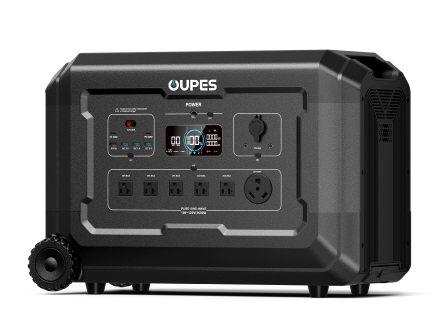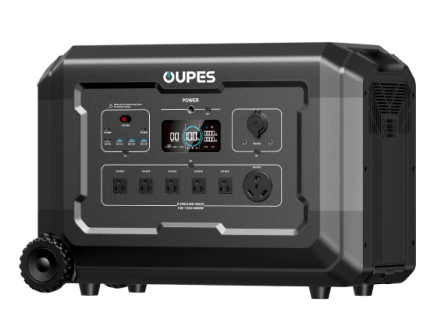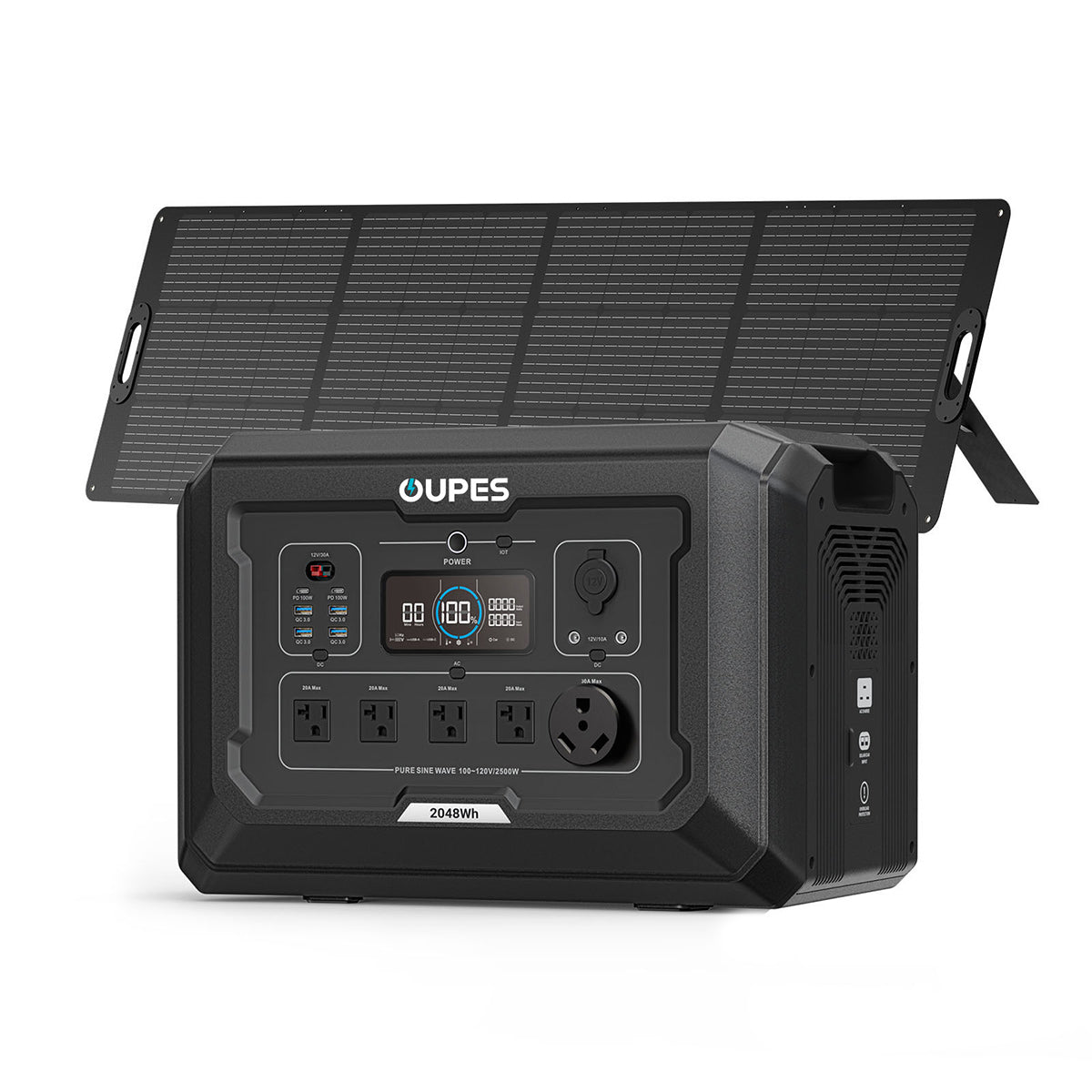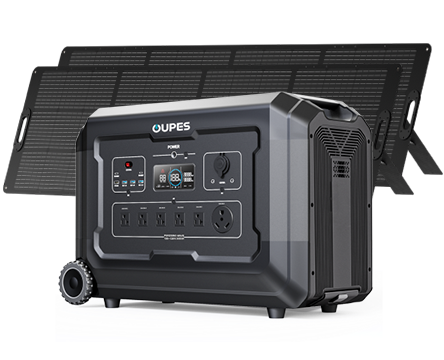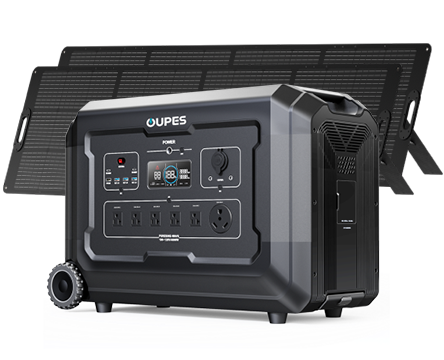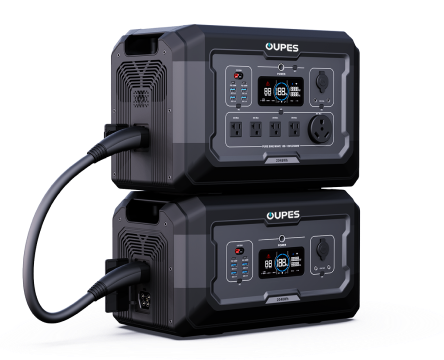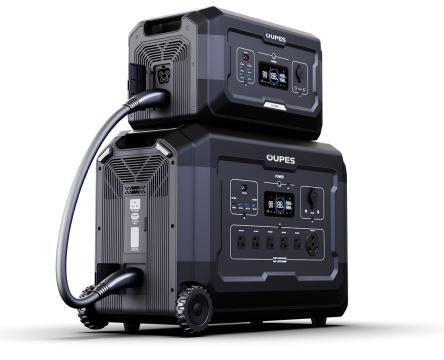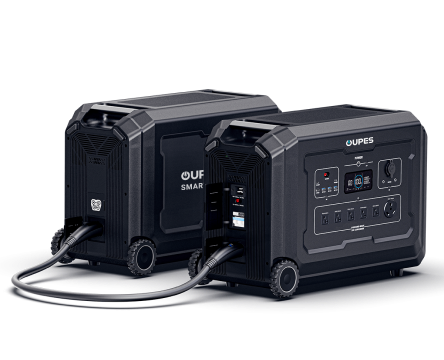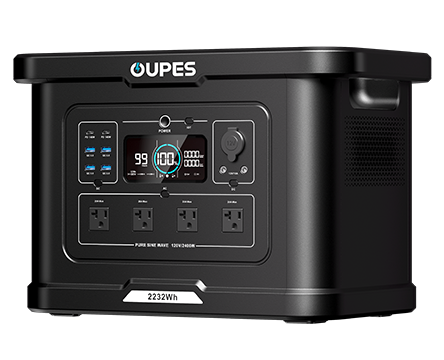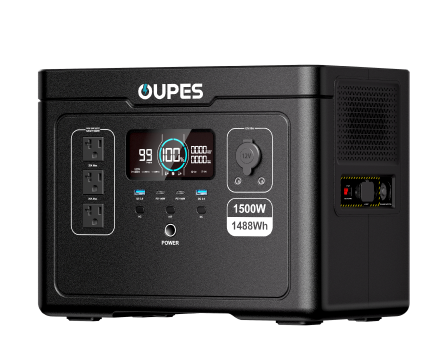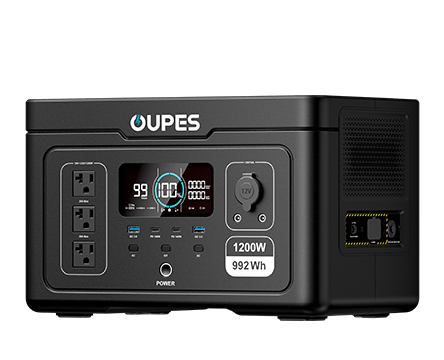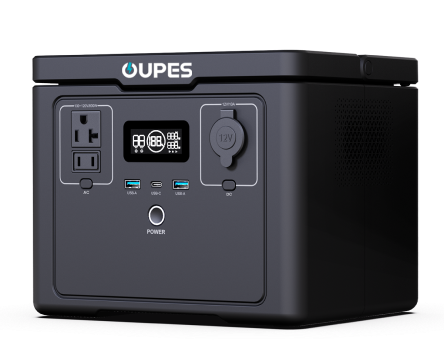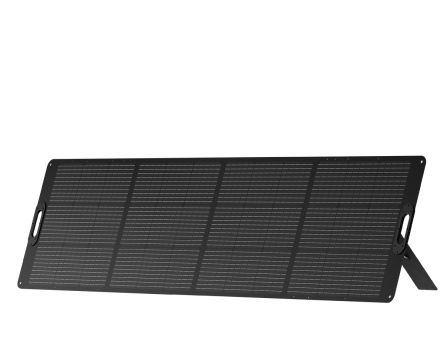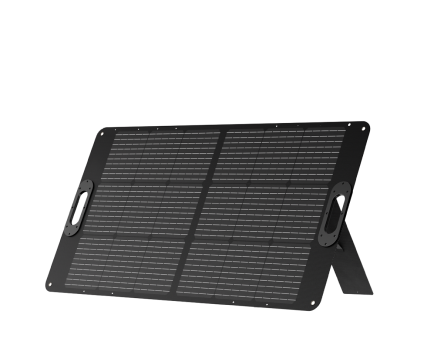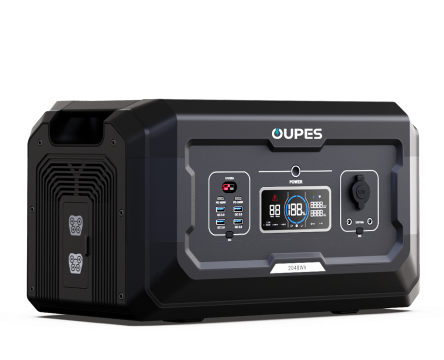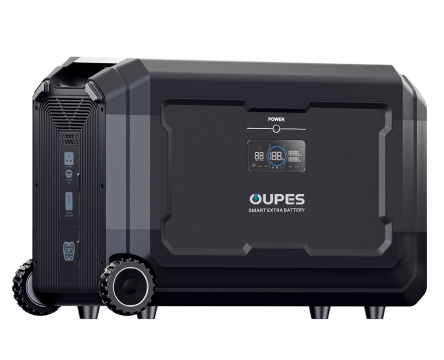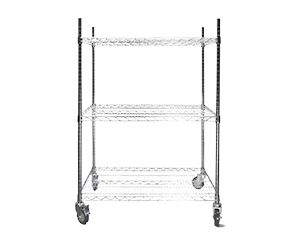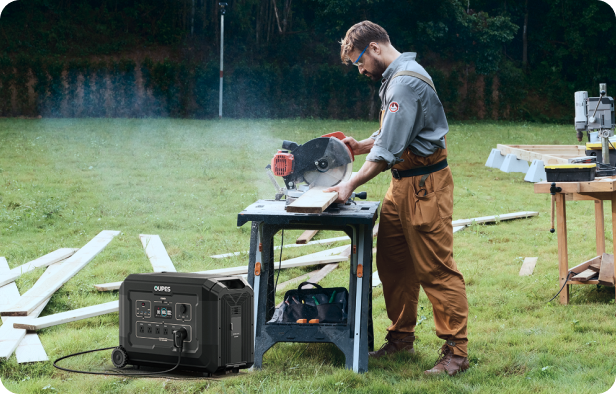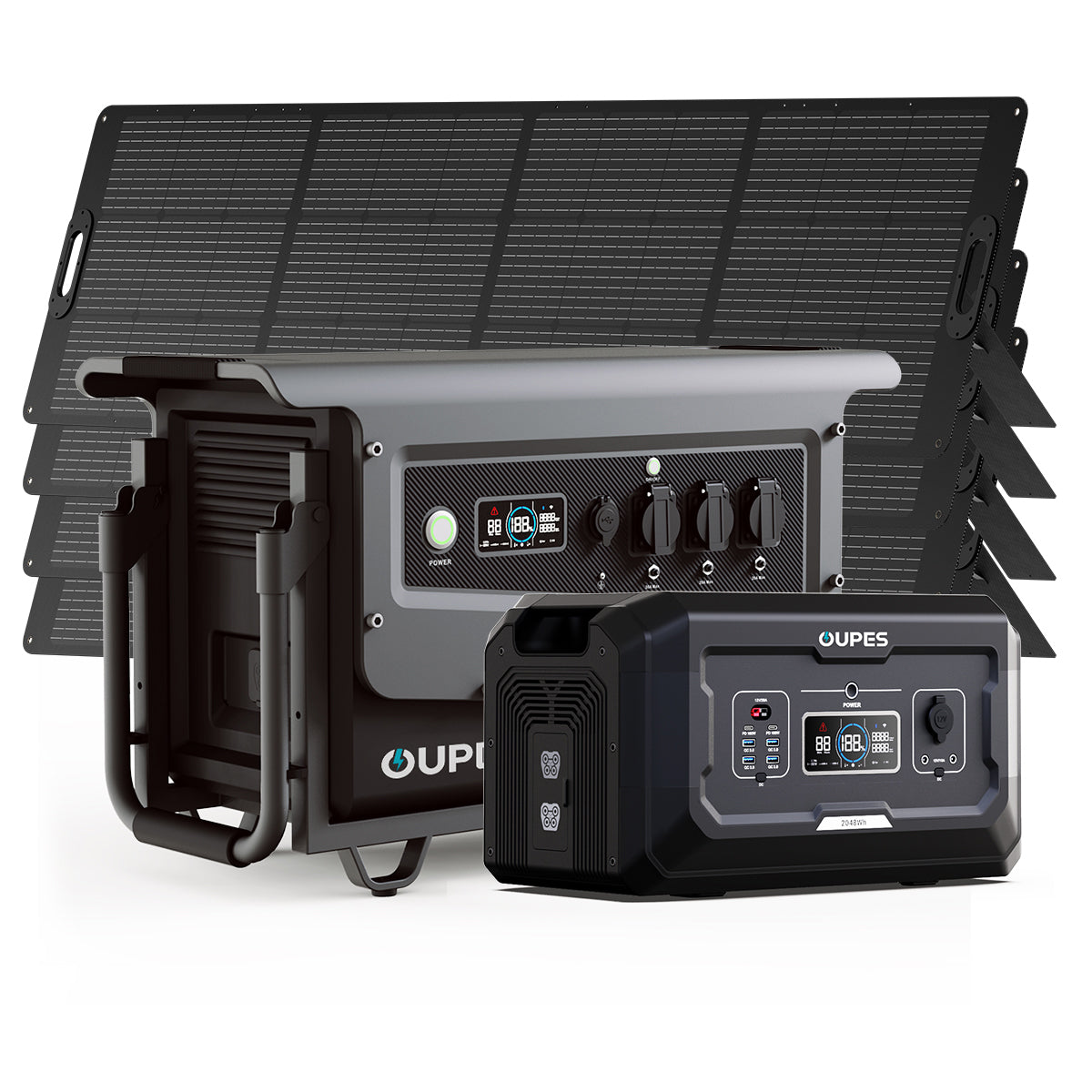
Imagine soaring above a remote mountain range, capturing breathtaking aerial footage with your drone. The landscape stretches endlessly, untouched and pristine—until your drone’s battery warning flashes, and you realize you’re miles from the nearest power outlet. For drone enthusiasts, few things are more frustrating than being grounded in the middle of an epic shoot. This is where portable power stations come in, offering a lifeline to keep your drone—and your creativity—flying high, no matter how far off the grid you venture.
Portable power stations have become an essential tool for drone operators, providing a reliable and efficient way to recharge batteries in remote locations. Whether you’re filming a documentary in the desert, mapping a forest, or simply exploring rugged terrain, these devices ensure you never miss a shot. In this article, we’ll explore how portable power stations enhance the droning experience, the key features to look for, and practical tips for integrating them into your adventures.
Why Portable Power Stations Are a Game-Changer for Drone Enthusiasts
Drones have revolutionized photography, videography, and even surveying, but their limited battery life remains a significant challenge. Most consumer drones offer 20-30 minutes of flight time per charge, which can quickly deplete during extended shoots. In remote areas, where access to electricity is nonexistent, this limitation can bring your project to a halt. Portable power stations solve this problem by providing a steady and reliable source of energy, allowing you to recharge your drone batteries on the go.
One of the biggest advantages of portable power stations is their versatility. They can charge not only your drone batteries but also other essential equipment like cameras, laptops, and smartphones. This makes them invaluable for professionals who rely on multiple devices to complete their work. For example, a filmmaker capturing aerial footage in a remote canyon can use a portable power station to recharge their drone, camera, and laptop, ensuring they have everything they need to edit and store their footage on-site.
Another key benefit is their portability. Designed to be lightweight and compact, these stations are easy to transport, even in challenging terrain. Unlike traditional generators, which are bulky, noisy, and emit fumes, portable power stations are quiet and emission-free, making them ideal for use in natural settings. Their durability is also a plus—many models are built to withstand harsh conditions, with rugged exteriors and water-resistant designs that ensure reliable performance in the field.
Key Features to Look for in a Portable Power Station for Droning
When choosing a portable power station for droning, there are several features to consider to ensure it meets your needs. First and foremost is battery capacity, measured in watt-hours (Wh). A higher capacity means longer runtime, which is crucial for extended shoots. For example, a 500Wh station can recharge a typical drone battery 5-10 times, depending on the model. If you’re using multiple devices or need to power additional equipment, opt for a higher-capacity unit.
Portability is another important factor. Since drone operators often need to hike or travel to remote locations, you’ll want a power station that’s lightweight and easy to carry. Look for models with built-in handles or carrying straps, as well as compact designs that won’t take up too much space in your gear bag. Durability is also key—opt for units with rugged exteriors that can withstand bumps, drops, and exposure to the elements.
Output options are equally critical. A good portable power station should offer a variety of ports, including AC outlets, USB ports, and DC carports, to accommodate all your devices. USB-C Power Delivery (PD) ports are particularly useful for fast-charging laptops and smartphones, while AC outlets are essential for larger equipment like battery chargers. Solar charging compatibility is another valuable feature, as it allows you to recharge your station using renewable energy, making it a sustainable choice for eco-conscious drone operators. By prioritizing these features, you can find a power station that meets your specific needs and enhances your droning experience.
How to Integrate Portable Power Stations into Your Droning Setup
Integrating a portable power station into your droning setup is easier than you might think. Start by assessing your power needs. Make a list of all the devices you plan to use and calculate their total wattage to ensure your station can handle the load. For example, if you’re recharging a drone battery (100W), a camera battery (50W), and a laptop (60W), you’ll need a station with a capacity of at least 300Wh to cover your needs comfortably.
Next, consider where to place the power station during your shoot. A central location is ideal, as it minimizes the length of cables and reduces voltage drop. Use cable organizers or clips to secure cords and prevent tangling, ensuring a clean and safe setup. Labeling cables and ports can also help streamline your connections, making it easier to switch between devices as needed.
For extended shoots, pairing your portable power station with solar panels is a game-changer. Solar charging allows you to harness the sun’s energy to keep your station powered throughout your journey, reducing your reliance on traditional power sources. Many portable power stations come with built-in MPPT (Maximum Power Point Tracking) controllers, which optimize solar charging efficiency. By incorporating solar power into your setup, you can enjoy a truly self-sufficient droning experience.
Real-Life Benefits: How Portable Power Stations Enhance Droning
The benefits of portable power stations for droning are best illustrated through real-life examples. Take the case of a wildlife photographer filming a herd of elephants in the African savanna. With a portable power station, they were able to recharge their drone batteries multiple times, capturing hours of footage without needing to return to camp. This allowed them to document the animals’ behavior in unprecedented detail, resulting in a stunning final product.
Another example comes from a surveyor mapping a remote forest for a conservation project. By using a portable power station to recharge their drone and laptop, they were able to complete the project on-site, saving time and reducing the need for multiple trips. These stories highlight the transformative impact of portable power stations on the droning experience, making them an essential tool for professionals and hobbyists alike.
Portable power stations also provide peace of mind during emergencies. For instance, during a sudden storm that left a drone operator stranded, their portable station kept their phone charged, allowing them to call for help and ensure a safe return. These real-life examples underscore the value of portable power stations, not just for convenience, but for safety and reliability in the field.
Future Trends: The Evolution of Portable Power for Droning
As technology continues to advance, the future of portable power stations for droning looks brighter than ever. Innovations in battery technology, such as solid-state batteries, promise even greater capacity and faster charging times. Wireless charging capabilities could eliminate the need for cables, simplifying setups and reducing clutter in your gear bag. Additionally, integration with smart systems could allow you to monitor and control your power usage remotely, optimizing efficiency and convenience.
Another exciting development is the rise of modular power systems. These allow you to connect multiple portable power stations or expansion batteries, creating a scalable energy solution that grows with your needs. For example, if you’re planning a longer shoot or need to power more devices, you can simply add another battery to your setup. This flexibility ensures that your power station remains a valuable asset, no matter how your droning style evolves.
Ultimately, the goal is to create a seamless blend of technology and adventure, allowing drone operators to explore the skies with confidence and ease. Portable power stations are at the forefront of this movement, empowering users to push the boundaries of what’s possible in remote and challenging environments.
Portable power stations are revolutionizing the droning experience, offering a reliable and versatile energy solution that keeps you connected and prepared in the field. From recharging drone batteries to powering essential equipment, these devices are proving to be indispensable tools for modern drone operators. Their portability, durability, and compatibility with renewable energy sources make them a sustainable choice for eco-conscious adventurers.
As we look to the future, the continued evolution of portable power technology promises even greater possibilities for droning enthusiasts. By investing in a portable power station today, you can unlock new levels of freedom and flexibility, ensuring your aerial adventures are as productive as they are exhilarating. Whether you’re a professional filmmaker or a hobbyist capturing stunning landscapes, portable power stations are your key to staying powered and inspired, no matter where your drone takes you.


